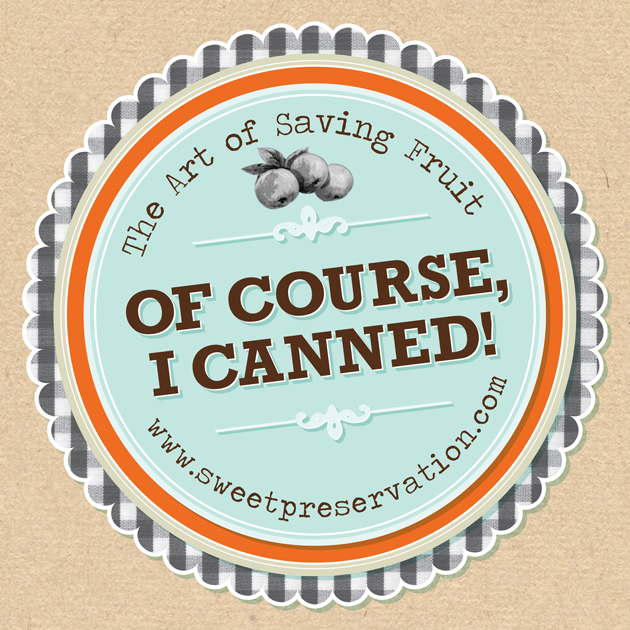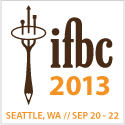Blue Ribbon Dill Pickles
 Monday, September 27, 2010 at 8:54AM
Monday, September 27, 2010 at 8:54AM Crunchy, zesty and a real crowd-pleaser, this is a classic dill pickle. It can be eaten after a 24 hour waiting period, but will continue to become more flavorful with time, especially if you add peppers and/or garlic to the brine. Speaking of brine, if you have an issue with sodium, you can cut the salt back by as much as half, but the pickles won't taste the same, of course.
Makes 4 quarts
- Approx. 3 dozen medium sized pickling cucumbers, gently scrubbed clean
- 4 clusters fresh flowering dill heads
- 8 peeled garlic cloves (optional: more or less as desired)
- 4 hot peppers (optional: more or less as desired)
- 3 cups distilled white vinegar
- 3 cups water
- 6 TBS "canning & pickling" salt (or less, as desired)
- 1 tsp dill seed
- 1 tsp yellow mustard seed
- 1 tsp brown mustard seed (optional)
Note: Prepare canning jars before starting your preserving project.
1.) Into each wide-mouth quart jar, put one or more hot peppers, plus one cluster of fresh dill, and 2 or more garlic cloves.
2.) Cut 1/8”-1/4” from the blossom* end of the each cuke, and pack them into jars atop garlic, dill and peppers.
3.) In a pan, combine vinegar, water, dill seeds and mustard seeds. Bring to a boil, and then pour over cucumbers, leaving ½” head space.
4.) Release any trapped air bubbles by carefully running a chopstick or other non-metallic utensil around the edges.
5.) Wipe the rims of the jars clean. I find a damp paper towel works well for this.
6.) Set lids on jars, and screw rings on finger-tight.
7.) Place jars on rack in boiling water bath canner or large stockpot, and be sure jars are covered with at least 1" of boiling water. You might need to add more water, using a clean jar or water pitcher.
8.) Cover with a tight-fitting lid, and bring water to a boil.
9.) Process in a Boiling Water Bath Canner for 10** minutes.
10.) Turn off heat, remove lid and let jars rest for 5 minutes in the canner/stockpot.
12.) If jars lid seals it will easily keep for one year in a cool, dark place. If jar doesn't seal, place it in your refrigerator and eat within 6 months.
*It is important to cut off the blossom end, as it contains enzymes that can make pickles undesirably soft.
**0-1000 ft: process 10 minutes
1,001-6,000 ft: process 15 minutes
Above 6,000 ft: process 20 minutes
Link to article about making Blue Ribbon Dills!
 Brook Hurst Stephens | Comments Off |
Brook Hurst Stephens | Comments Off | 







